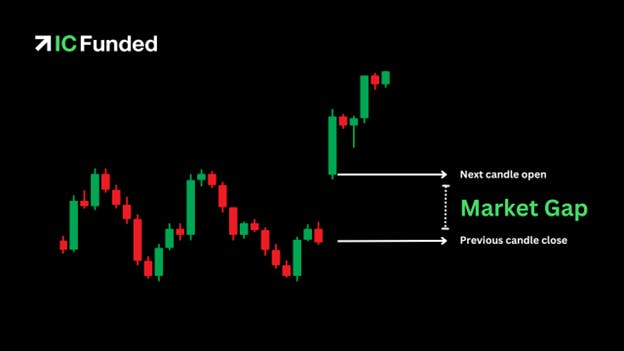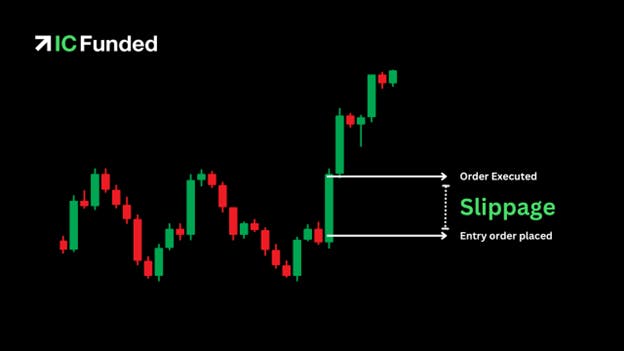



Slippage is a term used to describe when the price at which an order is executed (expected price) does not match the price at which it was requested. Slippage often occurs when the market moves against the trade, often due to market volatility (rapid price movement).
Slippage can also happen when an order is finalized but there is insufficient volume at the selected price for maintaining the bid/ask spread. Additionally, slippage can result from delay in processing the order by the broker. If the transaction processing speed is slow, the original price requested may no longer be available, resulting in the execution price being higher or lower than the set price.
Thus, traders may get an entry at a worse or better price than requested.
🏷️ Is Slippage Good?
While slippage is not necessarily bad, it is often best to avoid it for a stable trading experience. Slippage risk can be favorable or unfavorable depending on the direction of the price movement. There are three major types of slippage: positive slippage, negative slippage, and no slippage, which will be explained below.
📈 Positive Slippage
Positive slippage happens when the execution price of your trade follows the direction of the position, leading to a more favorable price for the trader. This means that the ask is lower when buying or the bid is higher when selling.
Example:
- If you want to close a buy position at $20.99, but the market rises and your position closes at $21.30, this is positive slippage. The increase benefits you because the position closes at a higher price than intended.
- Similarly, if you plan to buy an asset at $1.50, but before execution, the price drops to $1.47, you benefit by getting the asset cheaper than expected.
📉 Negative Slippage
Negative slippage occurs when the execution price of a trade goes against the direction of the position. This means the ask is higher when buying and the bid is lower when selling.
Example:
- If you aim to buy an asset at $1.55 but the trade executes at $1.77, this represents negative slippage because the price increased, leading to a less favorable entry.
- For sell transactions, if you set a sell price at $1.90 but the order fills at $1.88, this is negative slippage as the lower price goes against the direction of your trade.
📊 What is a Market Gap?
A Market Gap is a space that appears on a chart when the price of a financial asset changes significantly with little or no trading activity in between. Essentially, it is a gap formed between two consecutive candles. In forex trading, for instance, market gaps often occur over the weekend, overnight, or during public holidays when the market is closed.
Market gaps are usually caused by unexpected or major news events, resulting in sudden price movements when the market reopens. These price differences are visible as gaps on the chart during market closures. Gaps can also appear on shorter time frames following major news or economic data announcements.
📉 How Do Market Gaps and Slippage Affect Your Orders?
Market gaps can lead to slippage, affecting stop and limit orders. When slippage occurs, orders may be filled at a different price than requested. The result can be positive or negative, depending on the market direction.
Greater Risk Over Weekends & Holidays:
- Orders during public holidays or weekends may close at prices significantly different from expected, possibly lower than your stop loss.


✅ Conclusion
Market gaps and slippage can lead to orders not being filled at specified prices, resulting in positive or negative outcomes. Proper risk management strategies can help minimize the effects, such as avoiding overnight or weekend trading and selecting low volatility markets to guard against negative slippage.
